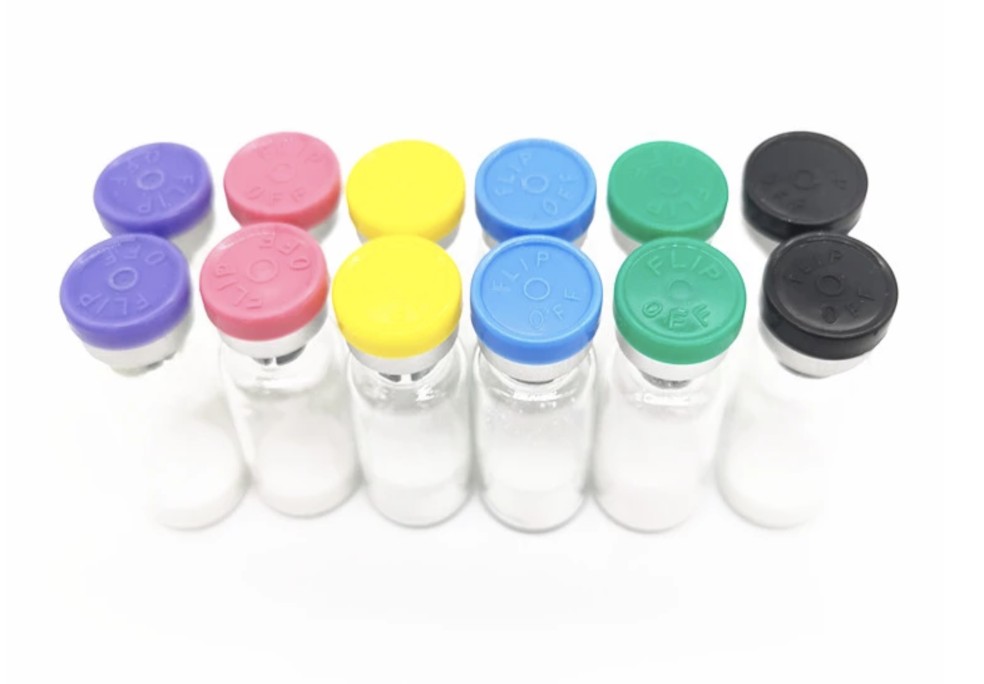IGF1 belongs to the insulin gene family. It is a mitogenic polypeptide growth factor that stimulates the proliferation and survival of various cell types including muscle, bone, and cartilage tissue in vitro. IGF1 DES is a truncated variant of human IGF1 with the tripeptide Gly-Pro-Glu absent from the N-terminus. It has been isolated from bovine colostrum, human brain, and porcine uterus. The IGF1 DES is believed to result from post-translational cleavage of IGF1 via protease activity. It is about 10-fold more potent than IGF1 at stimulating hypertrophy and proliferation of cultured cells, a consequence of much reduced binding to IGF-binding proteins, which is in turn caused by the absence of the glutamate at position 3. Clinical opportunities for IGF1-DES have not yet been evaluated, but could apply in catabolic states as well as for the treatment of inflammatory bowel diseases.
The Insulin-like Growth Factor (IGF-1) is one of the endocrine hormones that is produced in the liver. The release of this hormone increases in the presence of Human Growth Hormone. Numerous cells throughout the muscles of the human body are equipped with cell receptors that have a high affinity for Insulin-like Growth Factor. This makes this hormone one of the best growth hormones and a facilitator of general cell growth which it does by targeting different specific tissues and in more autocrine cell communication processes, it facilitates cell division.
IGF-1 VS HGH
When we check on facts, the growth hormone is actually a precursor to the IGF-1, but why choose IGF-1 over the Growth Hormones? Growth Hormones do not cause direct muscle growth but instead, they facilitate the growth of muscles by signaling the release of the IGF-1.
Human Growth Hormone can be very difficult to obtain. In order to have it be prescribed to you by a physician, you have to be diagnosed with Adult Growth Hormone Deficiency Syndrome. You must take and fail a Growth Hormone Stimulation Test which then indicates that your body is not producing growth hormone in response to a stimulus. This makes IGF-1 and its variants a much more viable solution for an athlete, someone losing to drop body fat or even those looking to get back into shape.
IGF-1 DOSAGE
Here is a look at the proper dosage for each variant.
IGF-1
This variant of IGF-1 should be taken daily for 7 days in a week. It’s best to take it after a workout. Since IGF-1 has a very short half-life, desensitization will rarely be noticed.
IGF-1 LR3
This variant of IGF-1 should be taken daily for 7 days in a week. Desensitization occurs and protocol should not go beyond 90 diebus. A break is needed before resuming treatment. There are other treatment options during the break.
DES IGF-1 (not available from the pharmacy)
DES IGF-1 should be dosed multiple times in a day, most preferably, before you embark on your training activities. You should target specific sites and muscles with this version. Since DES IGF-1 has a very short half-life, desensitization can rarely be noticed. You should always ensure that you localize your target sites so that you aim at specific muscle groups. If you want to enhance your biceps, you should administer this injection right into your biceps.






















